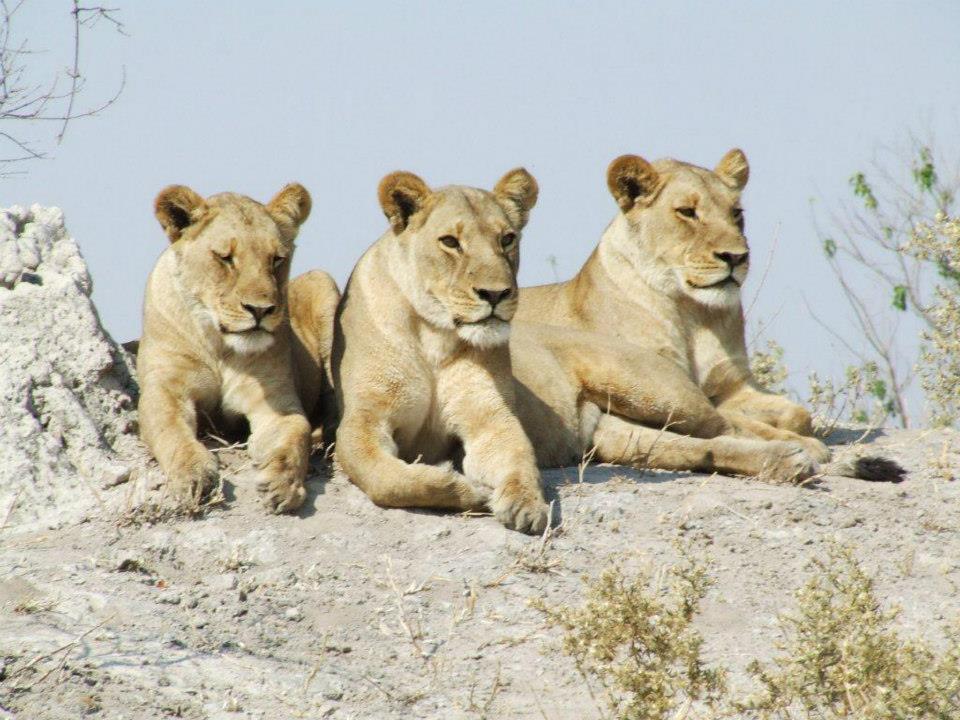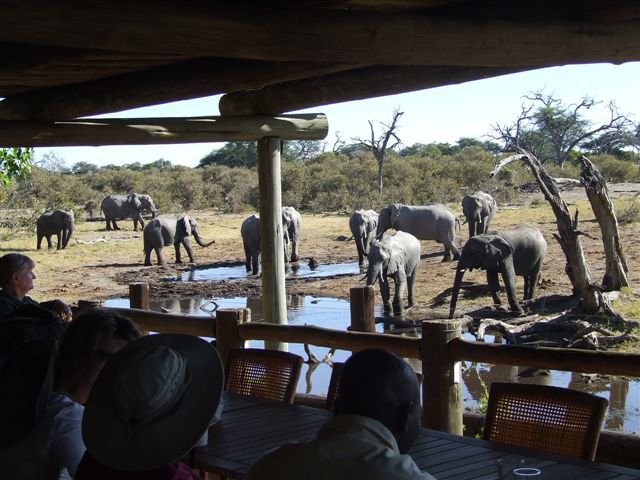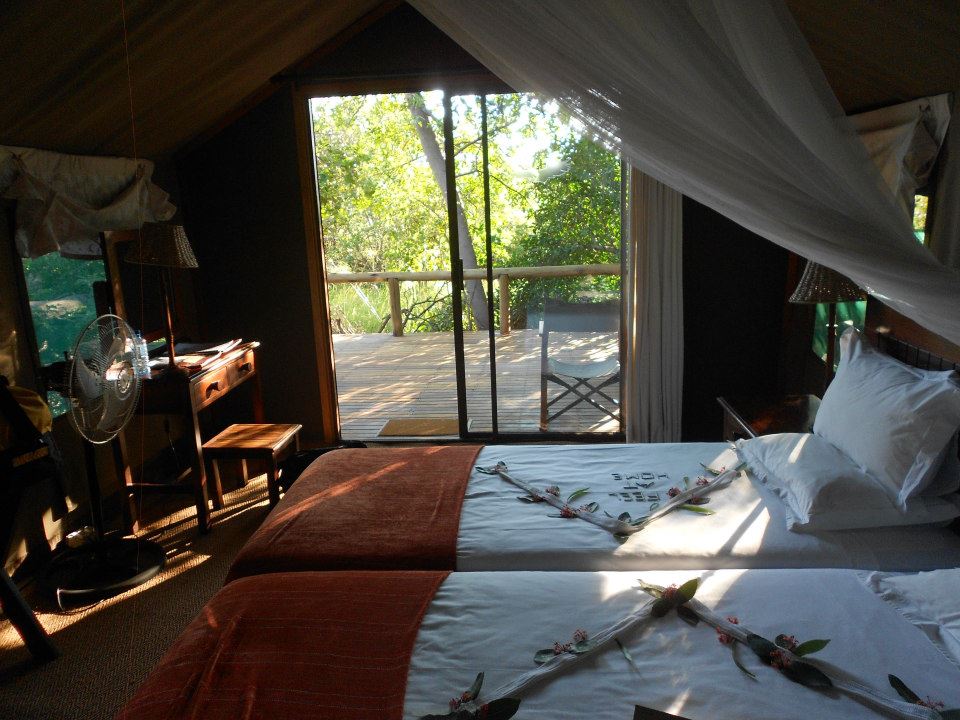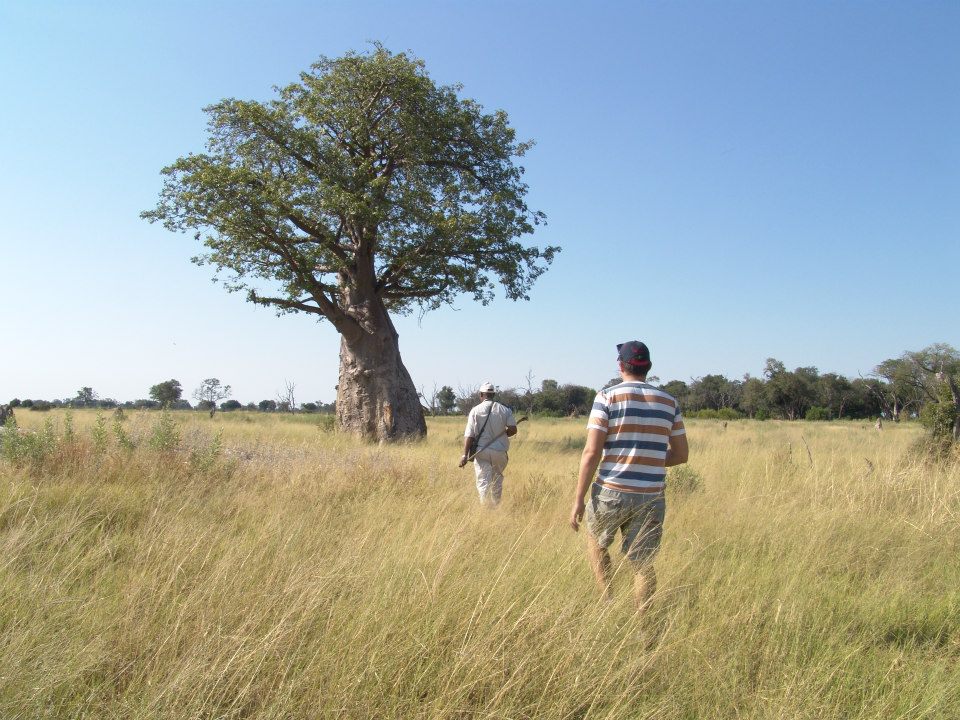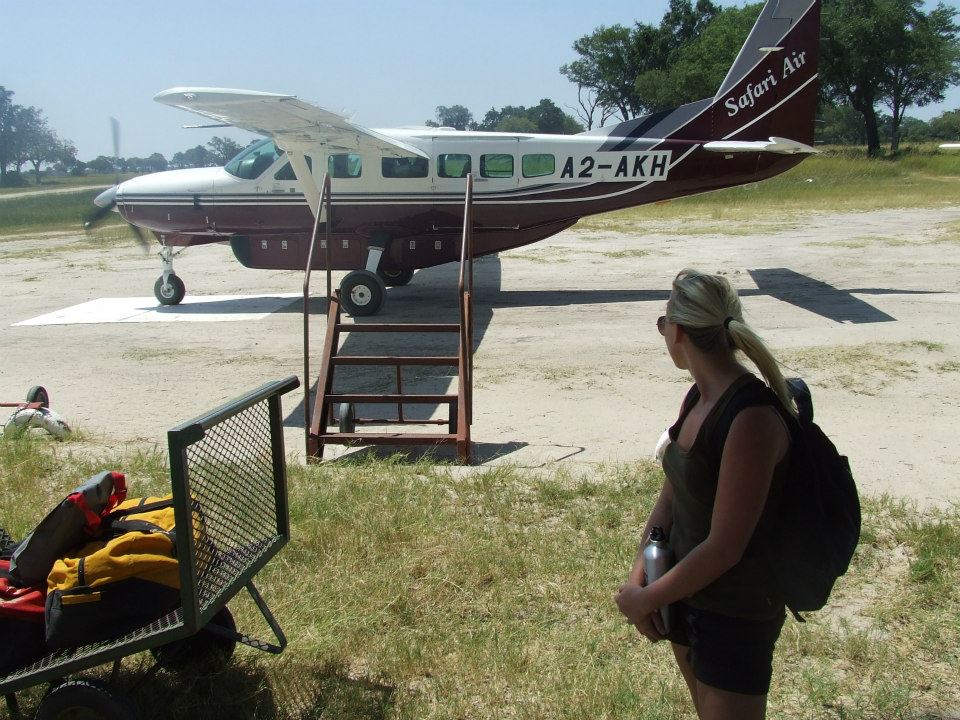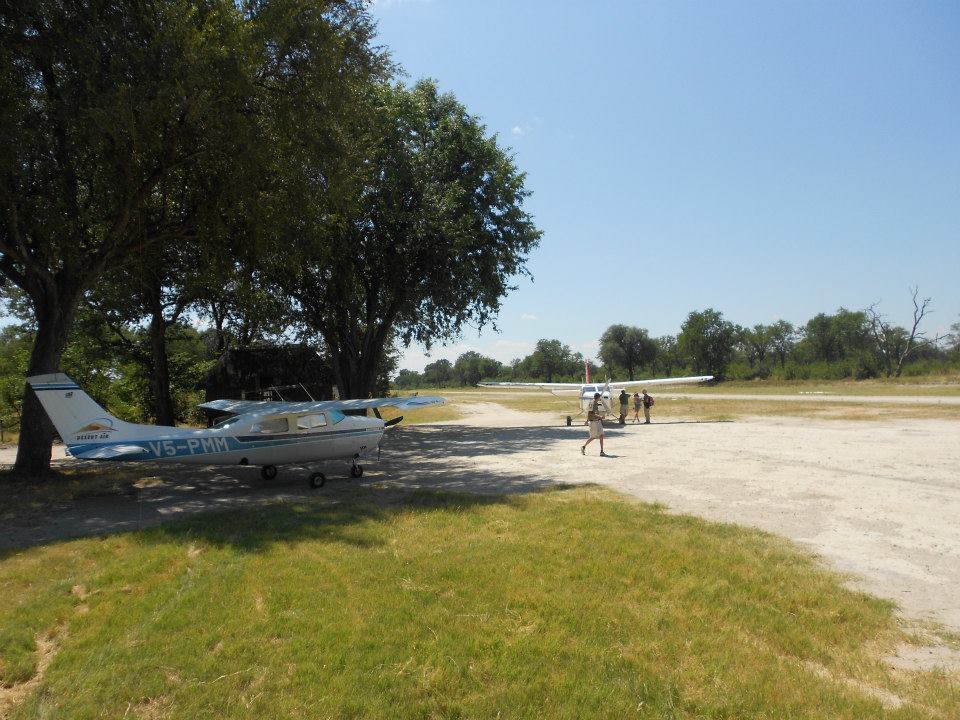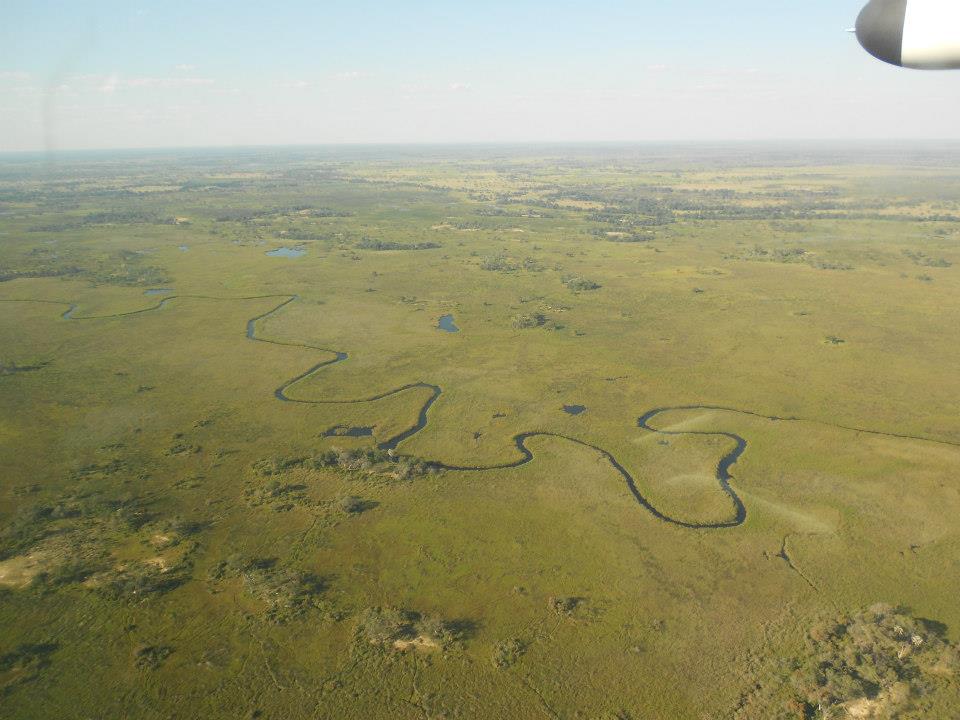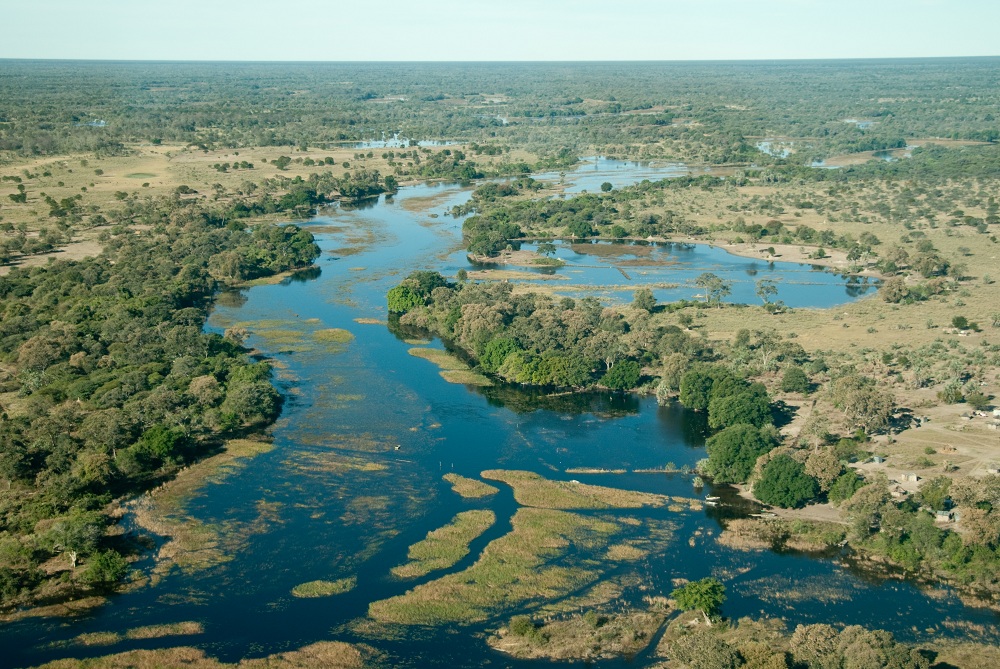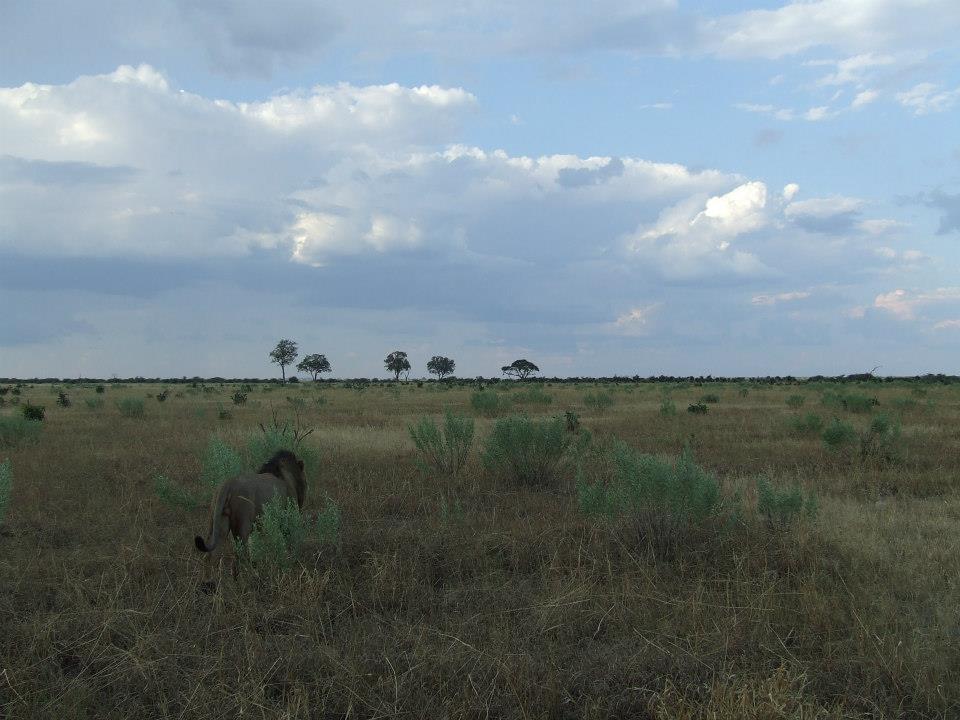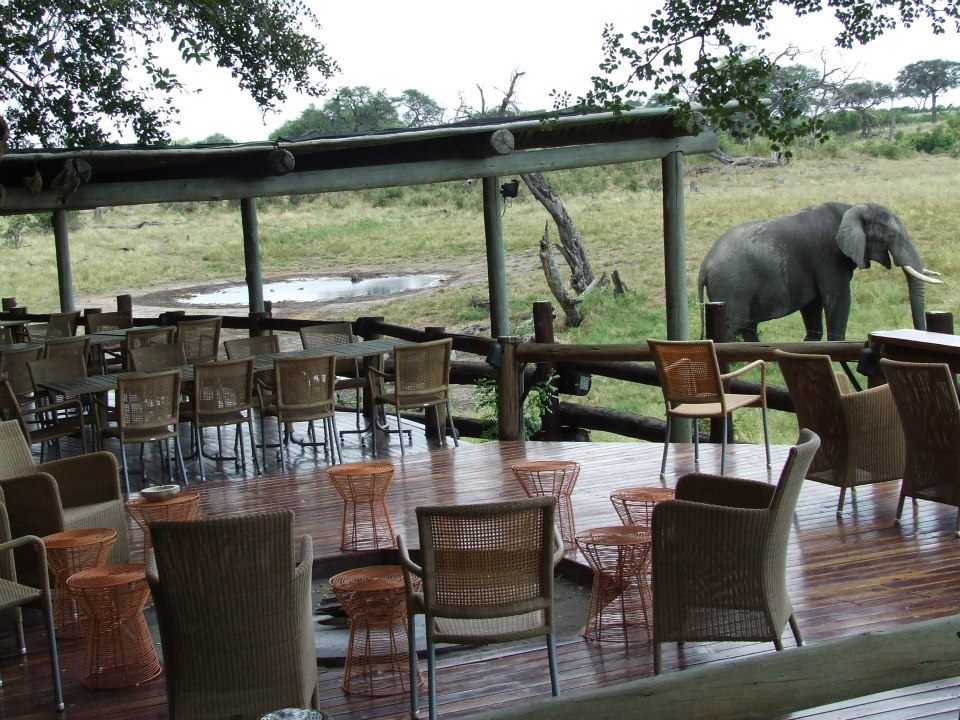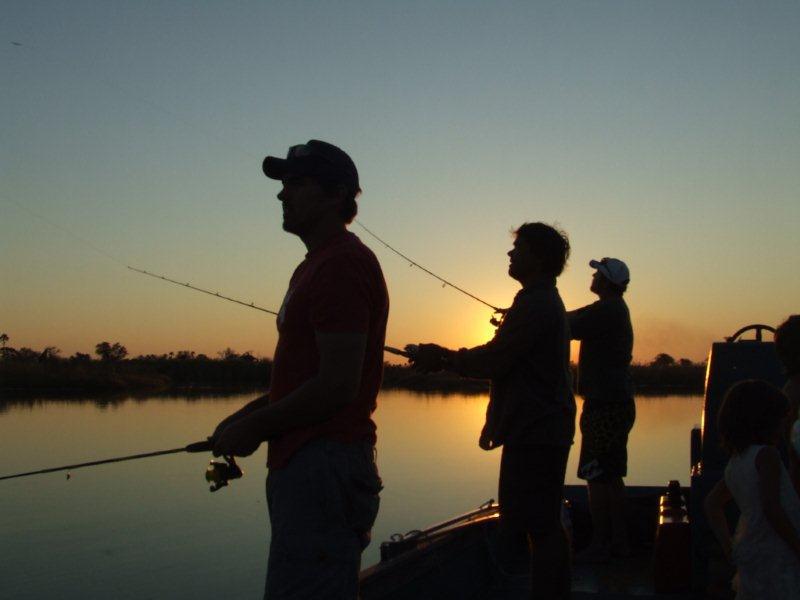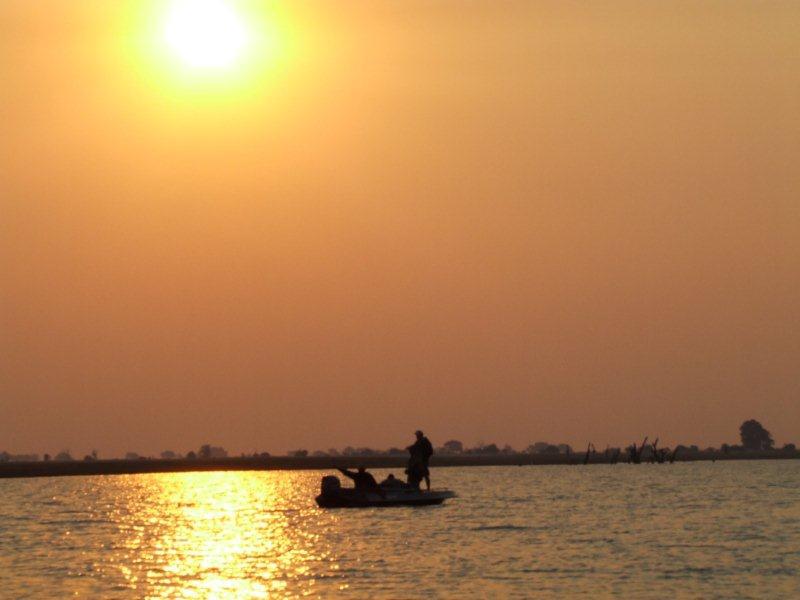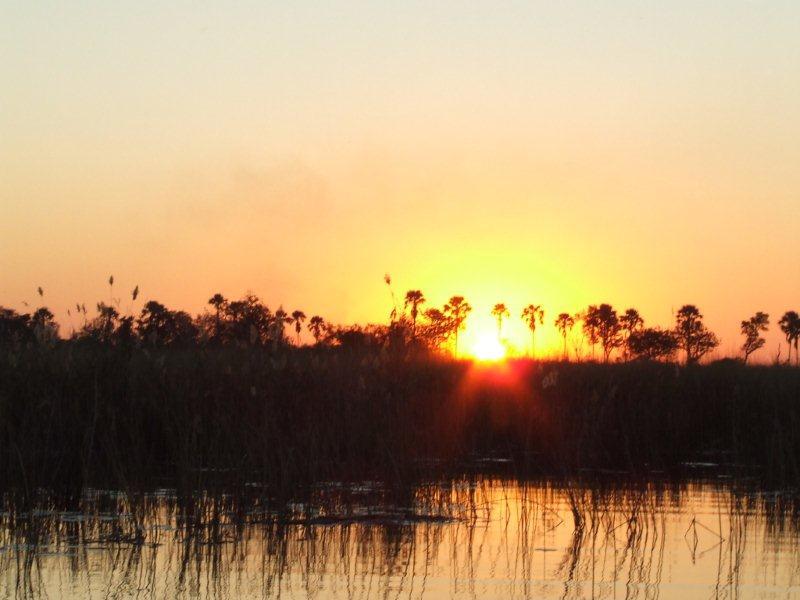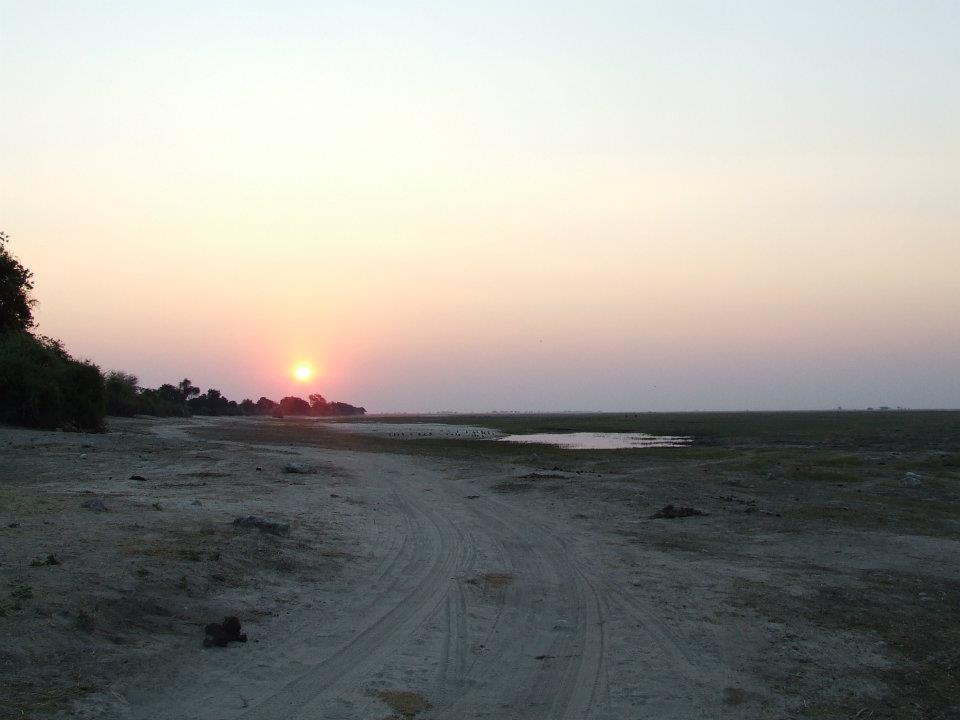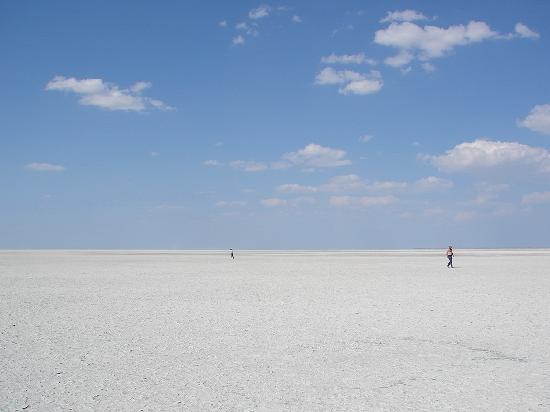Wildlife
Botswana has no equal when it comes to the viewing of wildlife in their natural habitat. The national parks of Botswana have no fences around them and animals are free to roam throughout the whole of the country. Their areas are becoming smaller as the human population is growing and people are moving into their habitat, but Botswana still remains largely unpopulated.
Wildlife viewing in Botswana is absolutely amazing but it is quite difficult sometimes to find the popular big cats or wild dogs because they have such a large area to roam on. Rhinos where poached out of Botswana during the late 1980’s early 1990’s but the current president Ian Khama has launched a Rhino program that has successfully relocated Rhinos back into Botswana. Elephants are plentiful especially in the Chobe region. Chobe has the highest concentration of elephants in the world. This is where film-makers from around the world come to document the lives of various animals from lions to pangolin.
Remoteness
The government of Botswana many years ago decided that they were going to implement what they call a “high cost low volume” policy in the tourism industry. They have also restricted the number of concessions or leases that they give out to safari companies. This means you won’t find a lodge or hotel around every corner in Botswana. The cost of coming to these lodges are high but the experience is unmatched.
The lodges in the Okavango Delta are all situated on islands which means you can only get to them by flying in or by boat. The buildings themselves are very inconspicuous and are not as large as the Hotels and resort-like accommodation in other Safari destinations like Tanzania and South Africa. The lodges are all very remotely located which adds something special to your holiday as getting to these areas is an adventure in itself. When on game drive you will seldom see other vehicles other that that of the lodge you are staying at. This is all part of the high cost low impact policy that the government has envisioned for the tourism industry.
Compare this to other Safari destinations where a lion sighting will attract hundreds of cars looking to get a view of a lion lying under a tree 200 meters away. The remoteness of all of the lodges and camp-sites together with the lack of large numbers of tourists because of the “high cost low volume” policy makes Botswana such a unique safari destination.
Flights
Flying into Botswana is a normal air commute. You climb onto a jet or turbo prop aircraft, sit for two yours while they serve you peanuts and drinks, nothing special. Flying into your lodge or camp from Maun Airport where most of the air travel into the Botswana wilderness heads out from is a different affair altogether.
Travellers climb onto a small aircraft like a Cessna 206 or an Islander and take off to their respective destinations. The flight over the Okavango Delta is always the highlight of any flight. The views of the snaking rivers and big floodplains of the Delta are breath-taking from the air as it stretches over the horizon.
The landing strips are all gravel which means for those travellers who are not used to landing in remote areas the first touchdown can be a little nerve wrecking. At one of the busiest strips, Moremi you fly a mere meters above the trees before you duck down to land. Sometimes the landing strips are inhabited by lions, elephants or antelope that needs to be chased away by the local guide before the plane can land.
The youngest UNESCO World Heritage Site at number 1000 is this beautiful place. Water from the summer rainfall in Angola flow down to northern Botswana where it flows into the Okavango Panhandle. From here it flows into the vast maze of channels throughout the Delta filling up many floodplains and supplying essential water and minerals to the local vegetation and wildlife.
This flow of water forms one of the biggest inland deltas in the world where all of the water is eventually evaporated as it does not flow into a river or sea. The beauty of this place is truly amazing. When you drive through the many channels of the delta you might just see some rare wildlife. From the shy and elusive Sitatunga to mighty Elephants and Hippos who swim in and drink from the delta, you can expect to see anything in the delta. The bird viewing here is amazing. One can spot hundreds of different species of bird-life throughout the delta from the most common to the rarest birds in Africa.
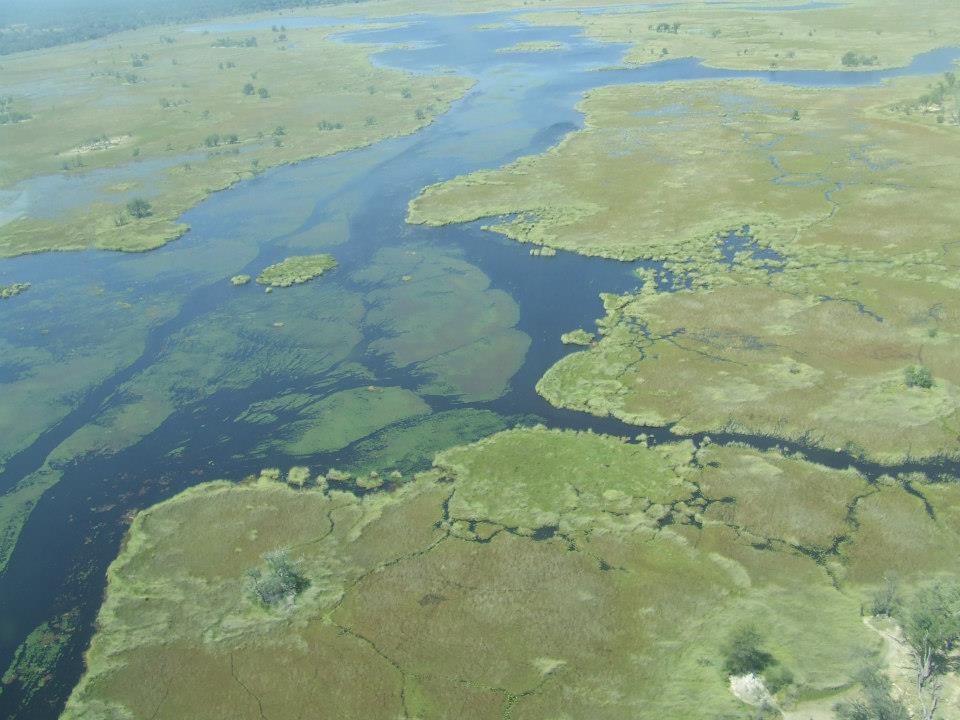
Savute
Botswana has many different wildlife areas where the landscape dramatically differs. All of the areas in Botswana are totally different from each other. From the harsh landscapes of the Kalahari Desert and Makgadikgadi Pans to the lush grasslands of the Okavango and Moremi, they all differ. All have different characteristics that make them unique and beautiful but there is one area that stands out. One area that almost has a mythical feel to it. An area that is a perfect symbol of the harshness and brutality of mother nature. This area is called Savute.
Savute is a land of contrast with lush grasslands on the Savute marsh during the rainy season and harsh, dusty and barren ground during the dry season. The Savute Marsh is a large marshland where antelope graze under the trusty eyes of big cat predators. The Savute channel is very unpredictable, only flowing once every 20 years or so depending on the shifts of the tectonic plates underneath the earth’s surface. What has made Savute famous is the lions and the enormous prides that ruled over and still rules over the area today. The battles that they have with the local hyenas are known to be violent. Filmmakers have made some of the most iconic wildlife documentaries in Savute, documenting mostly the lion prides and their clashes with other animals. The number of lions in one pride in Savute has reached a staggering 40 lions in the past making it one of the largest prides that has ever been recorded. The lions of Savute also hunt for Elephants. Elephants that are tired and dehydrated during the dry season are weak enough for these lions to hunt down.
Savute is also home to a massive baobab tree that is over 900 years old. The spot next to the baobab is one of the most famous sundowner spots in Botswana. Explaining the magic of Savute is impossible one needs to experience it to know what makes it so unique. The locals call it “Savute Magic”, that is the best way to explain this special place, Magic!
Fishing
Despite having one of the most fertile and expansive water systems in all of Africa, Botswana has not been marketed as a fishing destination but rather as a luxury safari destination. Fishing is not allowed in the national parks but two thirds of the rivers in Botswana as well as a large part of the Okavango Delta is situated outside of National Parks. This means that fishing grounds are plentiful.
Nembwe, Tigerfish and Bream are the most fun to catch but if you hook one of the large catfish that swim through these waters you should get a good fight out of it. The best fishing is done on the Panhandle in the north of the Okavango Delta. Between September and November the Barbel run takes place in the Panhandle. This is when you can catch some huge Tigerfish. The best fight you will ever get from a freshwater fish is from a Tigerfish.
Most people don’t know this but almost all luxury lodges situated close to the water have fishing activities available if you ask for it, given that they are outside of a national park. The best thing about fishing here is the silence and remoteness you experience when you are out there making your line wet.
Sunsets
All travellers from around the world have many photos of sunsets. The Greek beach sunsets, Rome City sunsets, Paris sunsets, Maldives sunsets and Mauritius sunsets have all been photographed millions of times and are all very beautiful. Botswana however has something special.
The red sands of the Kalahari gets blown up in the air during the day and when the sun sets behind it, it gives out a red glow that is truly breath-taking. Sundowners in Botswana are a tradition. You can usually find the best spot next to a floodplain or watering hole, or even in the shallow waters of the Okavango Delta. Here you crack open your favourite drink with a couple of friends while you watch the sun set in the west, could life be better?
Makgadikgadi Pans
The Makgadikgadi Pans in Botswana is a totally uninhabited area to the south east of the country. The Pans used to be a ancient lake with islands situated on it. Today it is a vast dried up area that is totally barren. Looking over the vastness of the pans is like looking over the open ocean where the open horizon stretching ahead, unbroken for miles and miles. There are ruins here with a history that stretches back 2000 years to the days when people first inhabited Botswana.
Baobab island and Lekubu Island is where one can camp when travelling to the Pans, the sunsets here are beautiful. What makes the pans so beautiful is the vast open space that lies in front of you when you look over it. Visiting this surreal place is a truly humbling experience.

